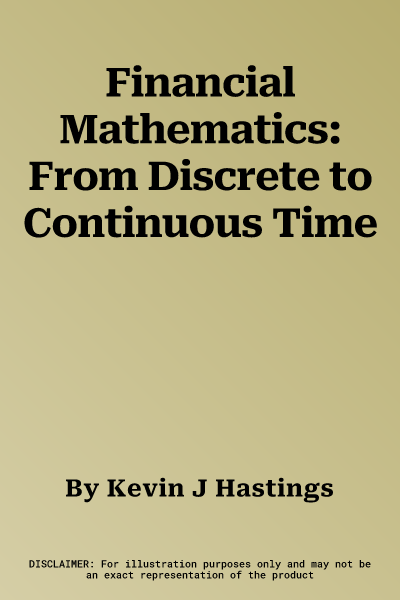Financial Mathematics: From Discrete to Continuous Time is a study
of the mathematical ideas and techniques that are important to the two
main arms of the area of financial mathematics: portfolio optimization
and derivative valuation. The text is authored for courses taken by
advanced undergraduates, MBA, or other students in quantitative finance
programs.
The approach will be mathematically correct but informal, sometimes
omitting proofs of the more difficult results and stressing practical
results and interpretation. The text will not be dependent on any
particular technology, but it will be laced with examples requiring the
numerical and graphical power of the machine.
The text illustrates simulation techniques to stand in for analytical
techniques when the latter are impractical. There will be an electronic
version of the text that integrates Mathematica functionality into the
development, making full use of the computational and simulation tools
that this program provides. Prerequisites are good courses in
mathematical probability, acquaintance with statistical estimation, and
a grounding in matrix algebra.
The highlights of the text are:
A thorough presentation of the problem of portfolio optimization,
leading in a natural way to the Capital Market Theory
Dynamic programming and the optimal portfolio selection-consumption
problem through time
An intuitive approach to Brownian motion and stochastic integral models
for continuous time problems
The Black-Scholes equation for simple European option values, derived in
several different ways
A chapter on several types of exotic options
Material on the management of risk in several contexts

